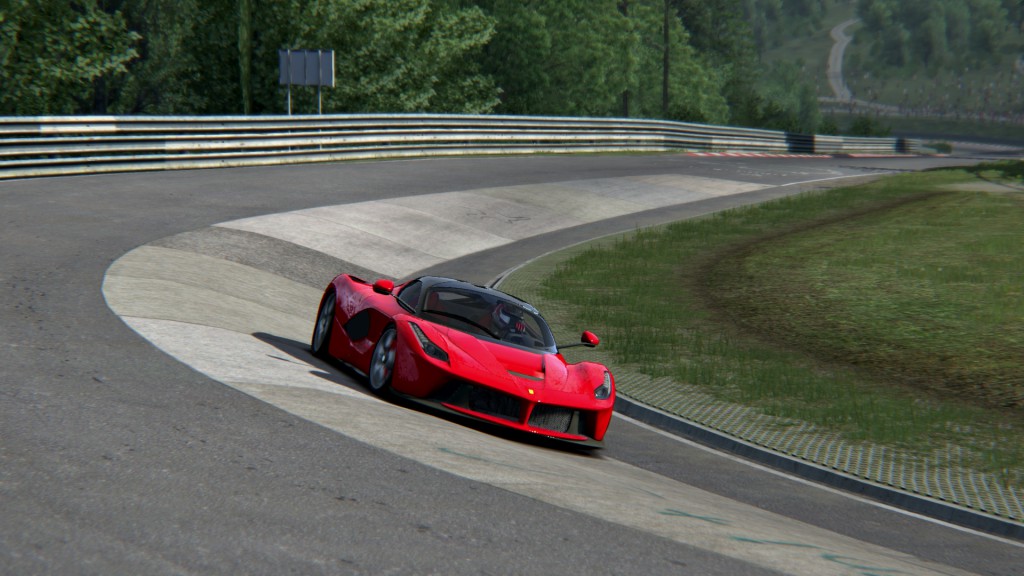Energetic Physical Activities
During my ongoing literature review I often discover interesting facts about things I’ve never thought about. Sometimes I can connect these facts with my own observations: The result is mostly a completely new idea why things are as they are. Maybe these ideas are new to you, too. Therefore I’ll share my new science based knowledge with you!
This week: This time, I think about the problems of simulating physically energetic moments in computer games.
Recently, as I was exercising on a running machine, I experienced an interesting phenomenon of actually feeling my own performance. Normally, one can experience a feeling of satisfaction when a new level of performance is reached, e.g., achieving a new record time. This time, however, I was not only experiencing a new level of performance, but also noticing how I was affecting the environment. In particular, I noticed how the running machine was slightly shaking as I was running on it at a fast pace. It was like a super energetic moment to me.
This reminded me of a visualization style for delivering particularly strong blows during the gameplay of action games. Here, game designers let the view of the player shake for a short amount of time. This suggests that the player’s attack affected the entire virtual environment. When this frequently occurs during the gameplay, players might perceive the game as highly energetic.
However, in contrast to my running experience, the gameplay only provides visual feedback and lacks a directly physical involvement of the player in the actions. Naturally, due to the game immersion, players perceive it as a real event, but the actions remain artificial. In this way, the gameplay lacks a whole-body involvement which might result in an overall improved experience.
This would be different when targeting immersive Virtual Reality. By using tracked game controllers and a tracked Head-Mounted Display, a player’s physical action can easier be used to trigger actions inside of the virtual environments. Unfortunately, fitting haptic feedback is not yet possible. As a result, game designers would need to stick to visual cues. These cues need to be carefully implemented to avoid evoking cybersickness in the player.
In conclusion, although computer games might be capable of generating visually appealing simulations of physical activities, the lack of true physical involvement and haptic feedback potentially reduces the overall satisfaction in comparison to the real world activity. True virtual sport unfortunately needs some more time …

